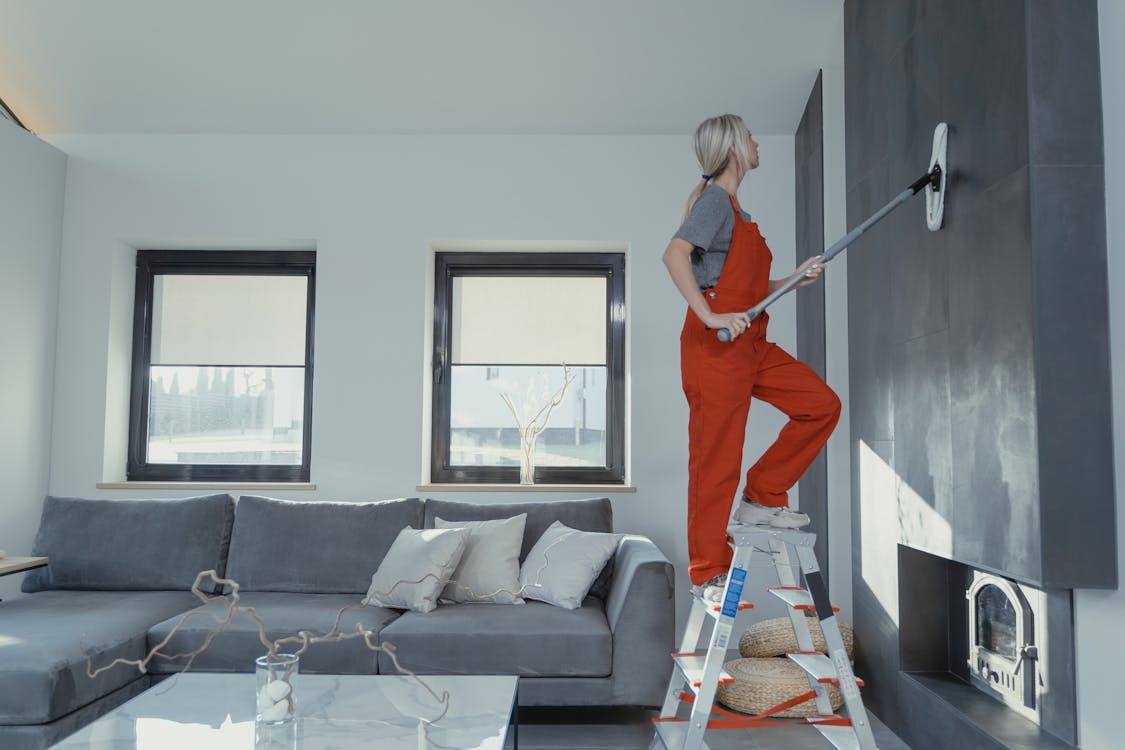Table of Contents
You’ve probably heard of return vent filters, but what exactly are they? In short, they prevent dust, hair, and other debris from entering your HVAC ductwork and damaging its interior components. They also contain static pressure from building up inside the ductwork and prevent mold spores from growing. First, learn what these filters do to keep your home comfortable. Then, if you’re wondering if your home’s HVAC system needs a filter replacement, read on.
Return vent filters prevent dust and hair from entering HVAC ductwork.
One of the first parts of your HVAC system to experience blockages is the return vent. These vents are the entry point for dusty air, which will be directed to the furnace filter. Often placed close to the floor, they are a great place to see if the HVAC ductwork needs to be cleaned. In addition to helping keep the air clean, return vent filters can also tell you how dirty the rest of your HVAC ductwork is.
You can use return vent filters on fans and heaters, but they should never be placed too close to heat sources. These filters also work to reduce dust that is released by forced-air systems. However, they cannot solve underlying problems relating to the ductwork or tubing.
They filter bacteria and allergens as small as 0.3 microns.
HEPA filters have become the gold standard for capturing dust, bacteria, and allergens when it comes to indoor air quality. These filters trap particles as small as 0.3 microns, a far more significant fraction than COVID-19 particles. This means that HEPA filters remove up to 99% of airborne allergens. You’ll also find a carbon layer in some HEPA filters, and you may even find one with a carbon layer.
What is a micron? A micron is a measurement of 1/1000 of an inch or about a fifth of an inch. This size is tiny compared to other particles. For comparison, the average human hair is approximately 70 microns in diameter, and the middle piece of debris or dust is 25 microns. So even though 0.3-micron particles are invisible to the human eye, they are still small enough to cause damage.
They prevent static pressure increases.
HVAC technicians may measure the static pressure in your HVAC system to determine if there are problems with your air filter. Static pressure is the amount of resistance air has against the flow, so the more resistance there is, the higher the static pressure. For example, think of water flowing through a garden hose. If you partially block the mouth of the hose, the water will spray out quite a distance. That’s high pressure.
Unhealthy static pressure can make your HVAC system run very loudly and produce hot or cold spots throughout your home. It can also affect the airflow in the ductwork, causing it to flow too little or too much air. The relationship between filter pressure drop and airflow rate can also cause problems. Therefore, a good HVAC air filter should be sized appropriately for your home. If you’re unsure whether your filter is too large or too small, contact a professional HVAC contractor for a consultation.
They prevent mold spores from growing inside.
Mold is everywhere. It reproduces by creating microscopic spores. It needs moisture, a food source, and the right temperature to grow. These conditions are ideal for the growth of mold, which can grow on many different organic materials. This includes wood, particle boards, and paint. Even if a house is properly ventilated, a damp environment can encourage mold growth. Pipe leaks, floodwaters, and leaky roofs can contribute to a moist environment. Poor HVAC system operation can also promote mold growth.
Even a small amount of mold can cause an allergic reaction or increase the number of spores in the house. The spores are not visible to the naked eye and are ten to thirty microns in diameter. To determine whether your home is affected by mold, you must perform an air sampling to determine the level of contamination. Performing an air sampling is an excellent way to determine whether mold is a problem in your home. To complete an air sample, you should collect a known air volume and then measure the number of contaminants. This measurement will be expressed in parts per million. Certified professionals can help you determine what type of mold you may have and what remediation techniques are best for your situation.
They provide good filtration performance.
HVAC air filter housing plays an essential role in providing good filtration performance. You can achieve good filtration performance in two ways: high filtration efficiency and reduced maintenance costs. High filtration efficiency is achieved by using extended surface area filter banks and good air seals. The filtration performance of HVAC air filter housings is best guaranteed if they are gasketed and have sealants on all the connection points. In addition, an air filter monitor should be installed to determine the static pressure drop across the filter bank. The air filter gauges help in monitoring the filtration performance of HVAC systems.
Choose the highest MERV rating you can afford when choosing an HVAC air filter housing. Higher MERV ratings mean better filtration, but they also mean higher pressure drops. The ideal number is higher than MERV 1 since it ensures high filtration efficiency. A MERV rating of MERV 1 is better for indoor air quality, while a MERV higher than that is better for heating and cooling systems.
They increase energy bills.
There are many myths about HVAC air filter housings. Some are based on incomplete knowledge and are often accepted as fact. But all air filters work the same way. In fact, by switching your HVAC air filter housing every few months, you can save anywhere from 5 to 15 percent on your energy bill. In addition, you’ll be reducing the load on your HVAC system, and saving money on your energy bill, too.
If you live in a home with an extensive HVAC system, you’ve probably noticed that the air filter housings are usually difficult to access. This results in conditioned inside air leaking out, and the unconditioned outside air is coming in. A simple solution is to caulk and weather-strip these areas. You should also install insulation in unfinished areas of your home. In addition, older air conditioning units may increase your energy bill because they’re less efficient.






More Stories
Revitalize Your Building’s Exterior: The Magic of Softwashing
Four Key Focal Points for Efficient House Cleaning in St. Petersburg, FL
Are your home’s clever products leaking non-public information? Calgary researcher set to discover out